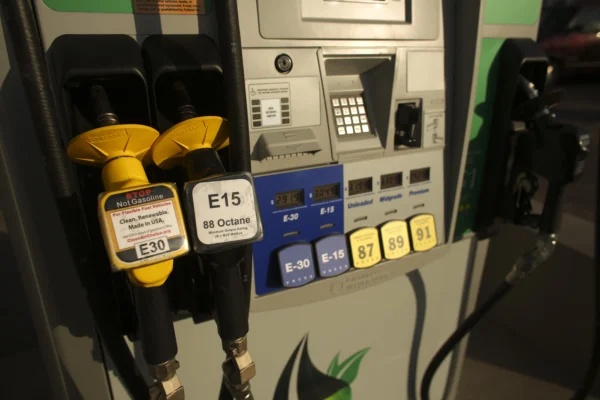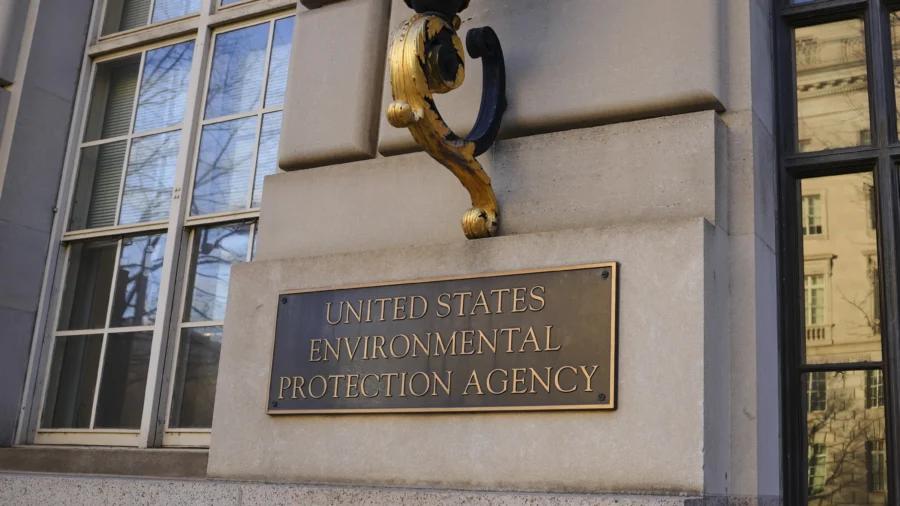A U.S. Appeals court upheld an EPA requirement for mixing biofuel with gasoline, a requirement challenged in court by oil refiners.
The U.S. Court of Appeals for the District of Columbia found that the Environmental Protection Agency (EPA) lawfully exercised its discretion to set the blend requirements for the three years in question.
Under the Renewable Fuel Standard, which the EPA administers, oil refiners must blend billions of gallons of biofuels into the U.S. fuel pool or buy credits from those that do. The credits, known as RINs, are used by oil refiners and importers to show compliance with mandates.
In the past, small refiners could receive an exemption from the requirements if they proved financial harm from the mandates.
In 2022, the EPA set biofuel blending mandates for that year at 20.63 billion gallons, as well as retroactive volume mandates for 2021 at 18.84 billion gallons, and for 2020 at 17.13 billion gallons. The agency denied oil refiners waivers to be exempt from the requirements but said it would allow extra time for small refiners to meet their 2020 blending obligations.
Oil refiners challenged the rule, arguing that the standards were too high. Meanwhile, producers of so-called cellulosic biofuels, derived from wood waste and other feedstocks, also challenged the rule, saying the standards for cellulosic biofuels were too low.
“We hold that EPA complied with the law,” the court said in a ruling filed on Tuesday.
Biofuel groups cheered the decision.
“Thanks to the D.C. Circuit opinion, EPA can ensure the integrity of its annual [Renewable Volume Obligation] and address shifts in market conditions and how refiners meet their blending obligations,” Growth Energy CEO Emily Skor said in a statement.
NTD reached out to major oil refineries for a comment.

In April, the EPA approved the sale of a higher ethanol blend in gas stations, citing global conflicts that pressure the world’s fuel supply as a reason.
The agency announced an emergency waiver that will exempt gasoline blended with 15 percent ethanol from an existing summertime ban. Gasoline with 10 percent ethanol is already sold nationwide, but the higher blend has been prohibited in the summer because of concerns it could worsen smog during warm weather.
EPA administrator Michael Regan said the diminished U.S. refining capacity was another reason.
The biofuels industry and politicians in the Midwestern states where ethanol is produced from corn praised the EPA’s decision.
“Allowing uninterrupted sales of E15 will help extend gasoline supplies, prevent fuel shortages, protect air quality, and reduce carbon emissions,” said Renewable Fuels Association President and CEO Geoff Cooper.
Iowa leads the nation in ethanol production, followed by Nebraska, Illinois, South Dakota, Minnesota, and Indiana.
Most gasoline sold across the country today is blended with 10 percent ethanol, though 15 percent blends are becoming increasingly common, especially in the Midwest.
The EPA has approved sales of E15 for cars and trucks manufactured after 2000. The RFA estimates that the higher blend will cost consumers 25 cents a gallon less than 10 percent ethanol, or even less.
Earlier this year, the EPA permanently approved year-round E15 sales in eight Midwestern states, starting next year. The waiver announced in April is temporary and only applies this year.
Reuters and The Associated Press contributed to this report.


